Contents
- History
- Ancient Trade Routes & Centers
- The Shipyards of Bassein (present-day Vasai)
- Modes of Transportation in the District
- Train & Rail Systems
- Overview of Bus Networks
- Autos & Shared Vehicles
- Ferries & Water Transport
- Communication Networks
- Newspapers & Magazines
- Graphs
- Road Safety and Violations
- A. Cases of Road Safety Violations
- B. Fines Collected from Road Safety Violations
- C. Vehicles involved in Road Accidents
- D. Age Groups of People Involved in Road Accidents
- E. Reported Road Accidents
- F. Type of Road Accidents
- G. Reported Injuries and Fatalities due to Road Accidents
- H. Injuries and Deaths by Type of Road
- I. Reported Road Accidents by Month
- J. Injuries and Deaths from Road Accidents (Time of Day)
- Transport Infrastructure
- A. Length of Roads
- B. Material of Roads
- Bus Transport
- A. Number of Buses
- B. Number of Bus Routes
- C. Length of Bus Routes
- D. Average Length of Bus Routes
- E. Daily Average Number of Passengers on Buses
- F. Revenue from Transportation
- G. Average Earnings per Passenger
- Communication and Media
- A. Newspaper and Magazines Published
- B. Composition of Publication Frequencies
- Sources
PALGHAR
Transport & Communication
Last updated on 6 November 2025. Help us improve the information on this page by clicking on suggest edits or writing to us.
In Palghar district, its coastal location along India’s west coast has long given it an important role in maritime trade and inland movement. Historically, places like Sopara (present-day Nala Sopara) and Vasai (formerly Bassein) were major ports and trading posts connecting local markets to sea routes across the Indian Ocean. Over time, much has changed, and the district has witnessed significant infrastructure development to support both intra-city movement and regional connectivity. The district is connected by rail, bus, auto-rickshaw, and road networks, with the availability and reach of these systems offering a glimpse into its evolving landscape.
History
Ancient Trade Routes & Centers
Transport and trade networks have long shaped the region now known as Palghar district, supporting the exchange of goods and ideas across India’s west coast. The area’s historical links can be traced back at least to the third century BCE, with Sopara (present-day Nala Sopara) standing out as a key trading post.
Sopara’s importance is partly evidenced by the discovery of Ashokan edicts, which indicate that it was an established administrative and religious centre during the Mauryan Empire, when Buddhism spread widely under royal patronage. Its coastal location made it a vital point for trade, connecting local markets to maritime routes across the Indian Ocean.
Historically, Sopara was one of the largest settlements along India’s west coast. It is believed to have served as the capital of the ancient North Konkan and was considered the second most important port in western India after Cambay (Khambhat, Gujarat). Interestingly, historical references reveal that it had trade connections with faraway continents and Kingdoms such as Mesopotamia, Egypt, Cochin, Arabia, Rome, and Eastern Africa, making it part of a much wider maritime network.
Some sources suggest that Sopara may have been identified with Ophir or Sophara by the Phoenicians, linking its early maritime trade to the ancient eastern Mediterranean. The Thane district Gazetteer (1882) records that Sopara exported gold, tin, sandalwood, cotton, nard, bdellium, sugar, cassia (cinnamon), pepper, peacocks, apes, rice, ebony, and ivory.
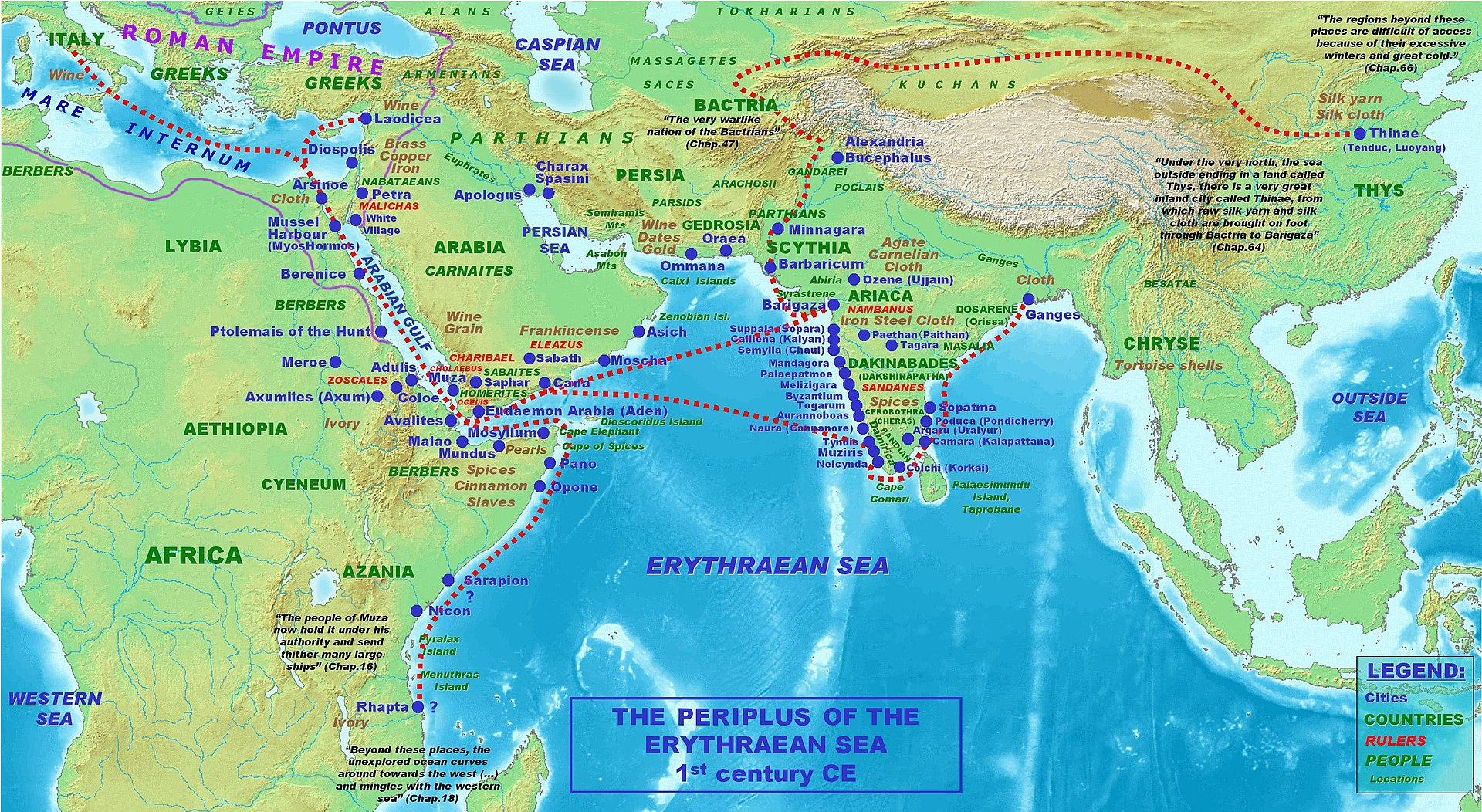
Another site in the district, Vasai (formerly Bassein), has a long coastal history. It grew into a busy port town under the Portuguese and was later contested by the Marathas and the British. Control of Bassein Fort shifted multiple times, reflecting its strategic role in coastal trade, defence, and regional administration.
The Shipyards of Bassein (present-day Vasai)
Interestingly, Vasai was home to notable shipyards that operated during the early 16th century, serving the region’s coastal trade and defence needs. Situated on the west coast, the port attracted merchant ships carrying goods such as spices and areca nuts from Malabar and nearby regions.
Among the vessels built were Batelas, Ghurabs, and Gallivats. Batelas were small, manoeuvrable craft used for local trade and fishing. Ghurabs were larger, gunship-like vessels designed to carry cargo and protect shipping routes. Gallivats were sturdier boats suited for longer voyages and heavier loads.

Notably, it is said that the construction of Bassein Fort helped secure these shipyards and safeguard the shipping lanes they served. Skills developed in these yards supported local needs and drew the interest of foreign traders, strengthening Bassein’s reputation as a centre for shipbuilding on India’s west coast.
Alongside maritime transport, animal-drawn carts and similar vehicles were used for the inland movement of goods and people in the past.
Modes of Transportation in the District
Train & Rail Systems
Palghar district falls under the Western Railway zone of Indian Railways and is managed within the Mumbai Division. The district lies along the busy Mumbai–Ahmedabad–Baroda main line, which remains one of the most important railway corridors on India’s west coast.

Rail connections in this region date back to the British period, when the expansion of the railway network aimed to move goods and people more efficiently between the ports of Mumbai and the interior. The main line through Palghar was opened in 1867 under the Bombay, Baroda and Central India Railway (BB&CI). It quickly became a crucial route for transporting raw cotton from Baroda’s fields and other agricultural produce to Mumbai’s export docks.
The opening of Palghar railway station in 1893 linked the town more directly to this broader network. Improved rail access supported local trade and attracted new residents. In the late 19th century, repeated outbreaks of diseases such as malaria and plague in Mahim and parts of Mumbai drove many landowners and families to settle in Palghar in search of safer living conditions. This migration increased demand for transport services and administrative infrastructure. In 1897, the Tehsil Office was relocated from Mahim to Palghar, confirming the town’s growing importance in the region.
Alongside major stops like Palghar, the railway network extended into rural areas through smaller stations. One such stop is Navli, a small station located near Palghar town. Stations like Navli served nearby villages by providing access for passengers and small goods transport, supporting local movement that was otherwise limited by rough roads.
Navli is also known for a unique local marker: a small tomb at the station that honours Henry Hutchinson, a guard on the BB&CI Railway. According to local accounts, Hutchinson lost his life at this site in 1864 after being struck by a brake van.
Today, rail services continue to form a vital part of daily life in Palghar district, linking residents with Mumbai and other towns along the western corridor. Local and long-distance trains run daily, though some stretches still face challenges such as infrequent services. In recent years, new lines have improved access: the Virar–Dahanu railway line, opened in 2013, expanded routes for commuters and strengthened connections to workplaces and schools.
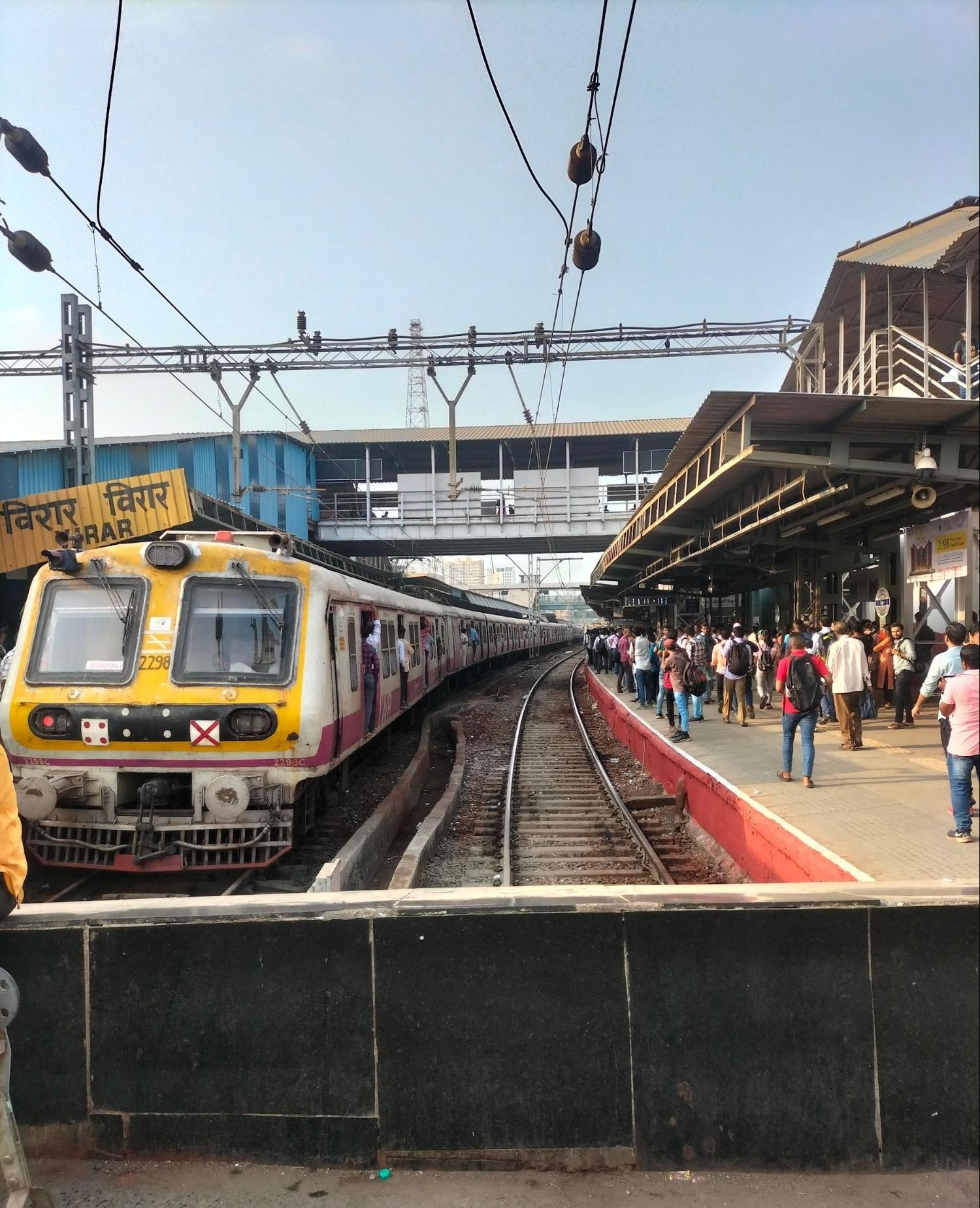
Trains such as the Valsad Passenger, which operates twice daily from Mumbai Central (MMCT) to Valsad, remain important for many workers travelling from Virar, Vaitarna, and other local stations. Since the district’s separation from Thane in 2014, infrastructure projects have aimed to keep pace with population growth and support reliable rail access for local communities.
Overview of Bus Networks
Bus services form an important part of daily life in Palghar district, providing affordable connections between towns, industrial areas, and villages. The Maharashtra State Road Transport Corporation (MSRTC) is the major operator for intercity and rural routes, linking smaller settlements with larger urban centres within and outside the district.
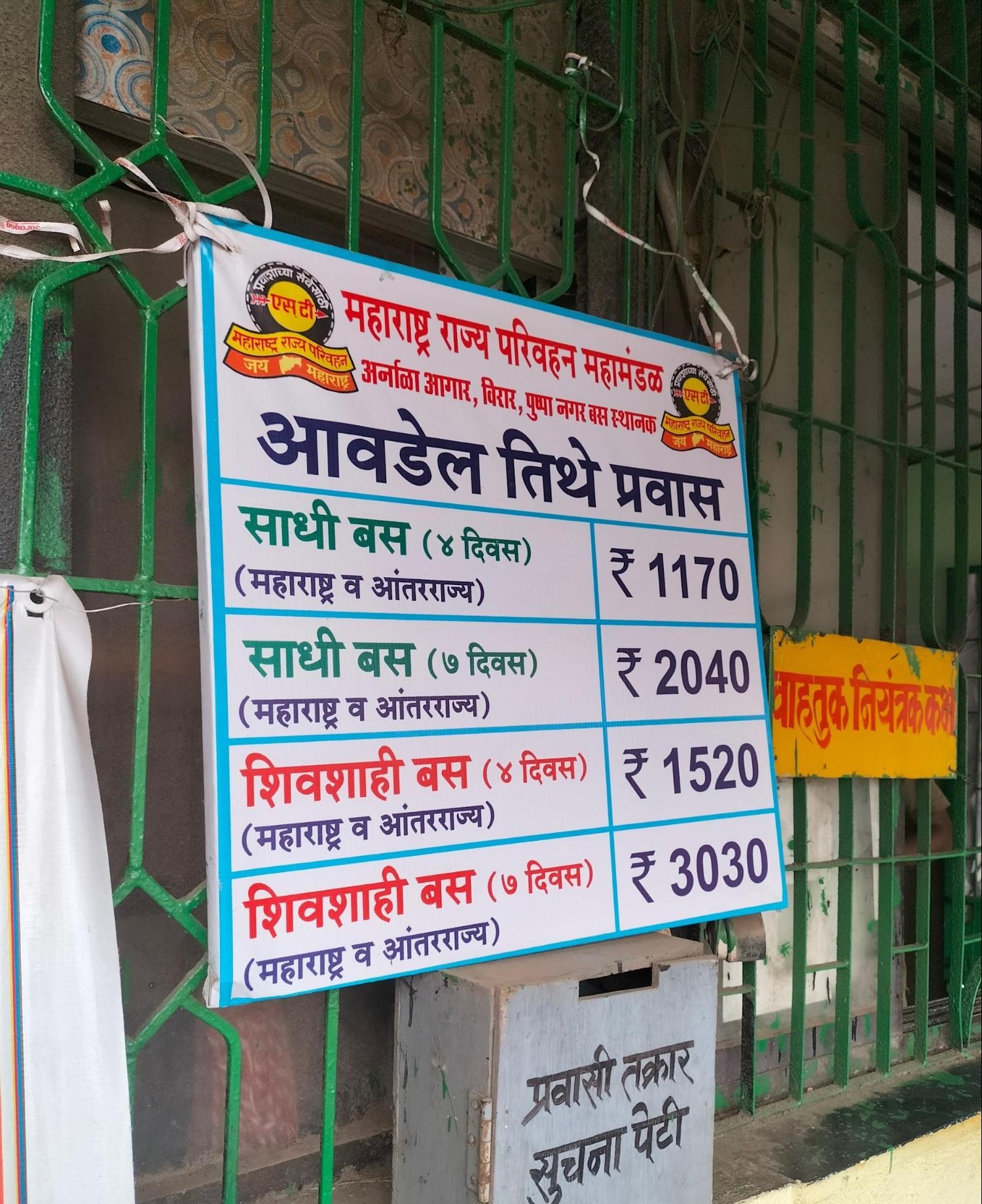
Local areas such as Virar and Nala Sopara also benefit from services operated by the Thane Municipal Transport (TMT) and the Navi Mumbai Municipal Transport (NMMT). Within the Vasai–Virar region, the Vasai Virar Transport Service (VVTS) operates as the city’s government-run bus system under the Vasai Virar City Municipal Corporation (VVCMC). The VVTS plays an important role in daily commuting for residents.
The Transport Department, locals say, offers several schemes to make bus travel more accessible. These include free travel for senior citizens, persons with disabilities, and individuals undergoing treatment for serious illnesses such as cancer. A 50% fare concession is provided for citizens living outside the Vasai–Virar area. In addition, free transport is available for children affected by the Covid-19 pandemic, including orphans and children from homeless families, until they complete their schooling.
Autos & Shared Vehicles
Auto-rickshaws and shared vehicles play an important role in local transport across Palghar district, providing affordable and flexible travel for both short and longer journeys. Shared auto-rickshaws, commonly known as Tum Tums or Magix, are widely used for group travel over short distances and are a familiar sight in the region.
Tum Tums are especially popular for longer routes that can take 40 minutes to an hour. These vehicles usually wait until all seats are filled before departing, making them an economical choice for passengers. During local events such as the Dahanu Mahalaxmi Jatra, drivers sometimes carry as many as 20 passengers in a single Tum Tum, charging around ₹50 per person one way. For private hire, (as of 2024) Tum Tums can be booked for a full day at about ₹700, or for local sightseeing at rates up to ₹2,000, depending on distance and duration.

In urban parts of the district, ride-hailing services such as Uber and Ola are also available and provide additional options for private travel. Most auto-rickshaws in Palghar do not operate on a meter system, even if meters are fitted. Instead, fares are agreed between drivers and passengers, with shorter trips (as of 2024) starting at around ₹20 and longer urban rides rising to about ₹40. Private rickshaws generally charge about ₹100 for a one-way journey.
A typical auto-rickshaw in the district carries up to four passengers, excluding the driver. Similar arrangements are found in other towns and talukas within Palghar, where shared and private rickshaws continue to serve as a practical link for daily travel.
Ferries & Water Transport
Palghar’s coastal setting and creeks have historically supported water transport for local trade, fishing, and travel. While ferry routes across Mumbai and surrounding districts have declined over time, Palghar still retains a few crossings that continue to serve passengers today.
One of the main routes in use is the Vasai Fort to Bhayandar boat service, which operates under the Maharashtra Government. This ferry carries both people and vehicles from the Vasai Jetty to Bhayandar in Thane district. The crossing remains popular with commuters heading towards Mumbai, offering an affordable option during periods of traffic congestion and roadwork on nearby highways.

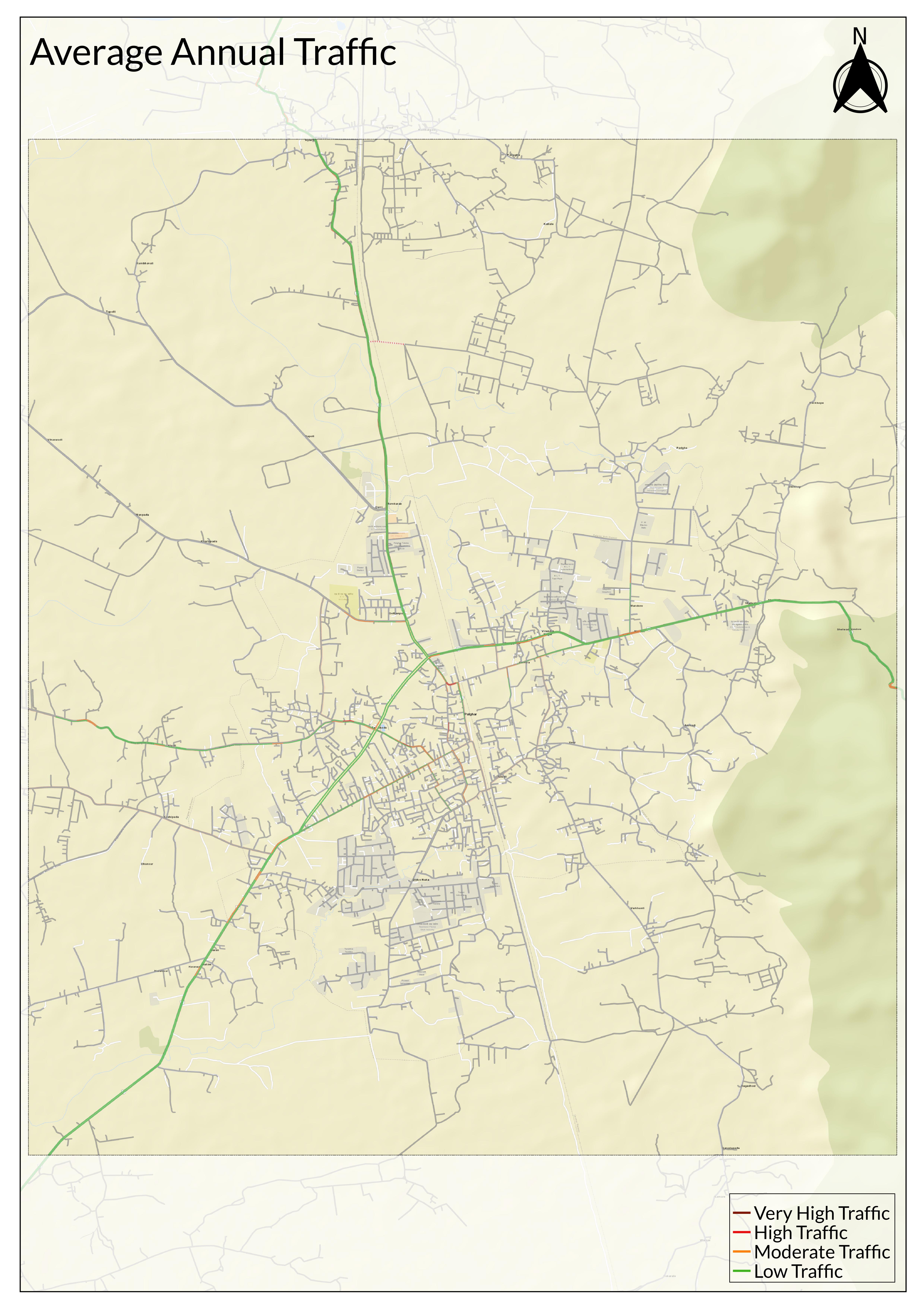
In addition to this route, smaller boats still operate in parts of Salsette Island (now part of the Mumbai Suburban district) and some coastal areas of Palghar for local travel. However, regular large-scale passenger ferry services are otherwise limited today.
Communication Networks
Newspapers & Magazines
Palghar district has a long association with local and regional newspapers. Historical records, such as the Thane district Gazetteer (1882), note that by the late 19th century, a weekly paper called the Vasai Samachar (Bassein News) was being published at Vasai.
Today, residents continue to read national dailies, regional Marathi and Gujarati papers, and locally published community news. Well-known titles such as The Times of India, Maharashtra Times, Lokmat, Loksatta, Hindustan Times, and Gujarat Samachar are widely read in the district. Local publications such as the Vasai-Virar Times, Hello Vasai Palghar, and Palghar Trade reflect the demand for community-specific news. Suvarta remains popular among the district’s Christian communities, while Gujarati newspapers also have a strong presence, highlighting the local Gujarati-speaking population.
However, residents note that due to Palghar’s proximity to Mumbai, many people prefer major metropolitan newspapers, which has contributed to a gradual decline in smaller local publications. This change is visible in the reduced number of traditional newspaper stalls, which once served as busy gathering places for readers. In some areas, stands have been shut or abandoned in recent years, reflecting shifts in how people now access news and information.
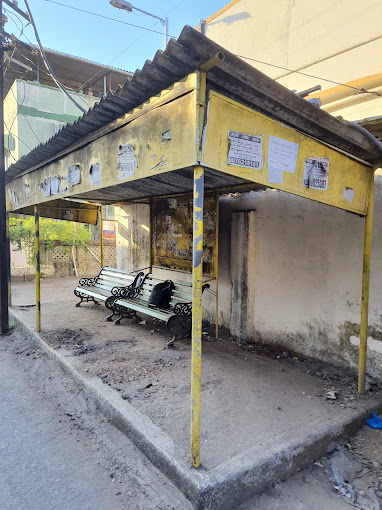
Graphs
Road Safety and Violations
Transport Infrastructure
Bus Transport
Communication and Media
Sources
Gazetteer Department. 1882 (reprinted in 1986). Gazetteers of Bombay Presidency: Thana District XIII Vol XIII Pt. 2 & XIV. Gazetteer Department, Government of Maharashtra.
Shivam Dubey. 2017. Bassien Fort and its Maritime History with a Special Reference of Trade and Shipbuilding. Indiaghoomle.https://indiaghoomle.wordpress.com/2017/08/1…
Vasai Virar Transport Service. Transport Services.https://vvcmc.in/vasai-virar-transport-servi…
Last updated on 6 November 2025. Help us improve the information on this page by clicking on suggest edits or writing to us.